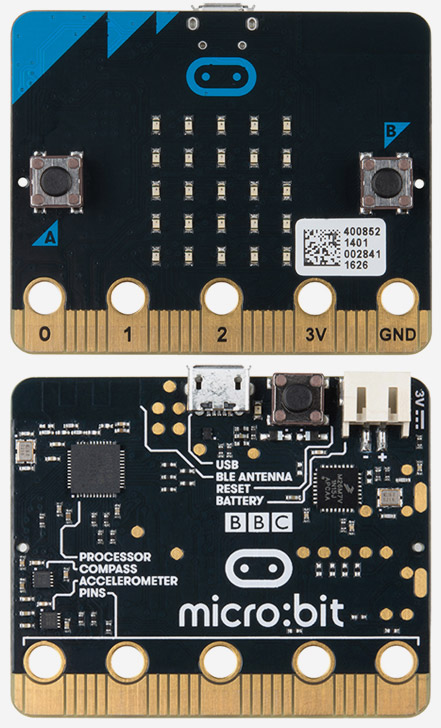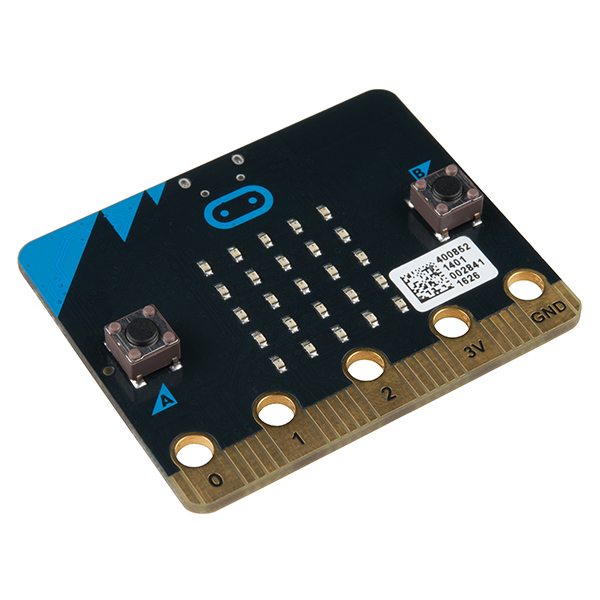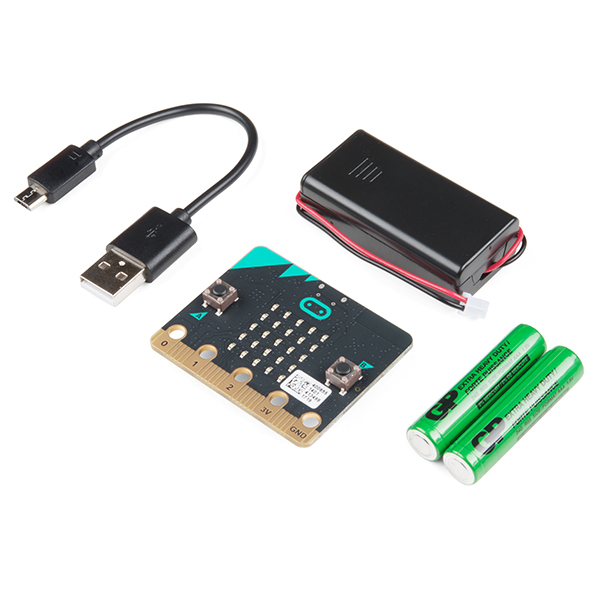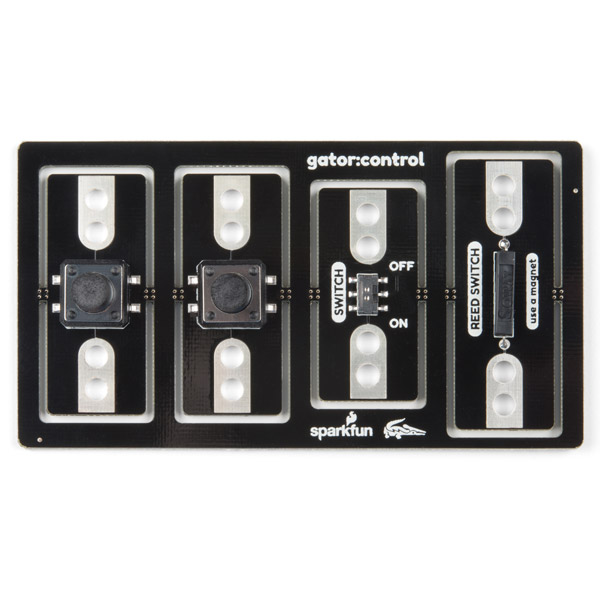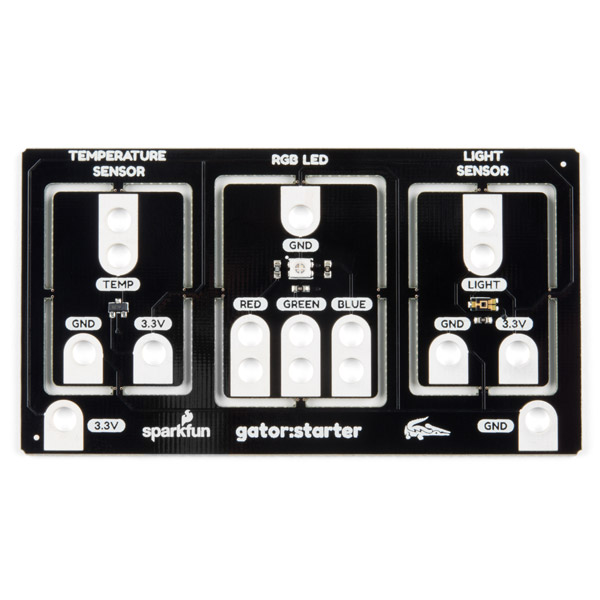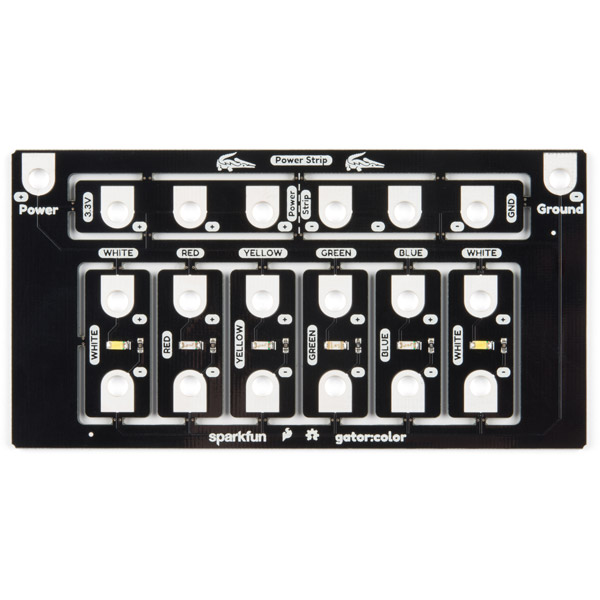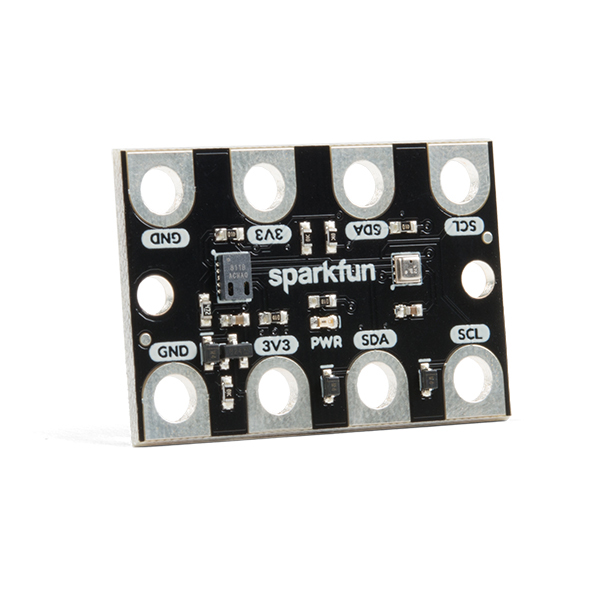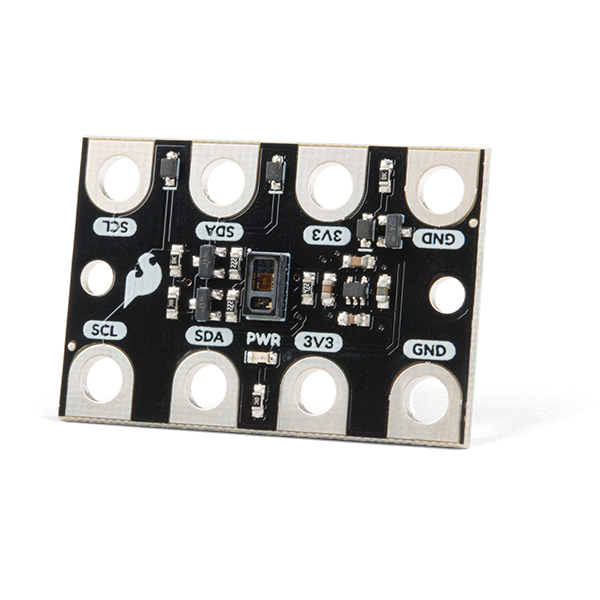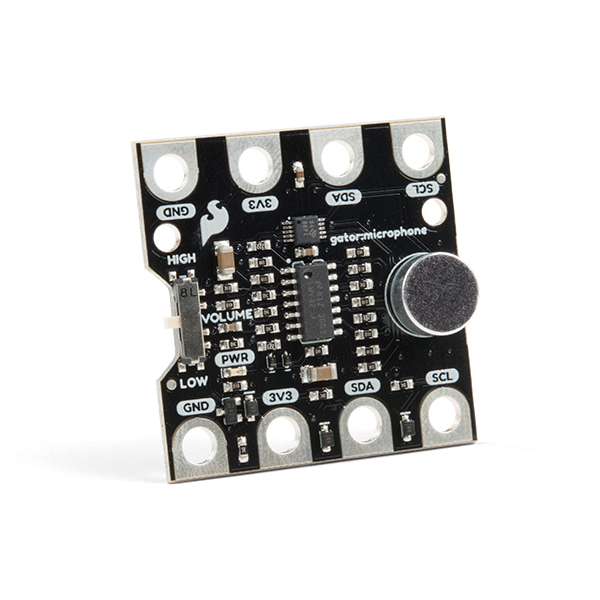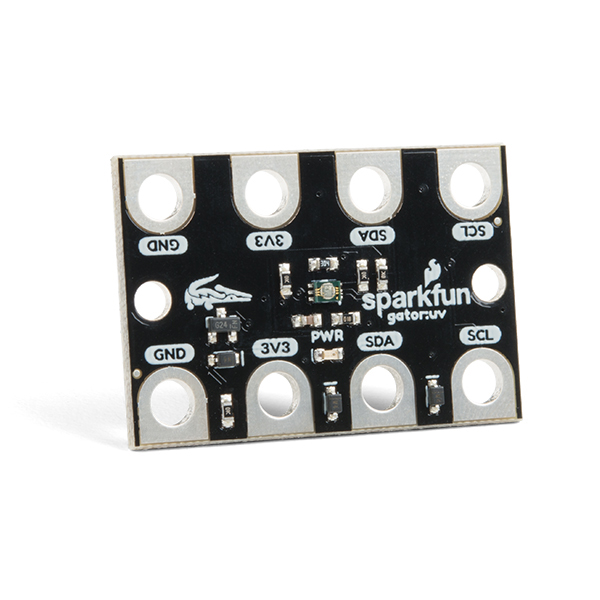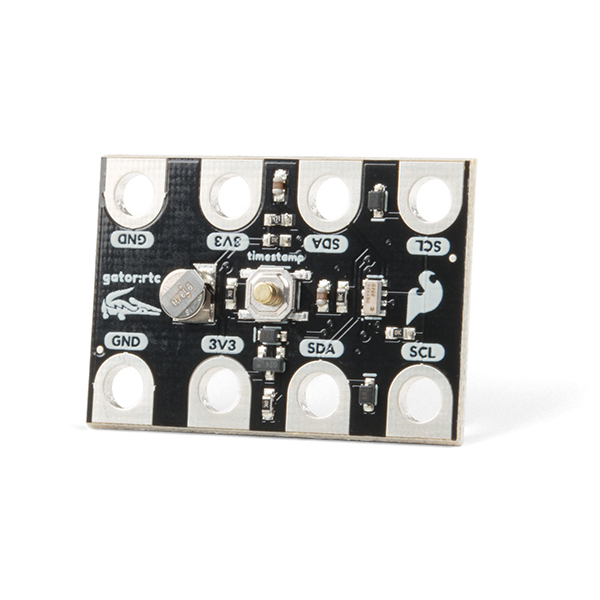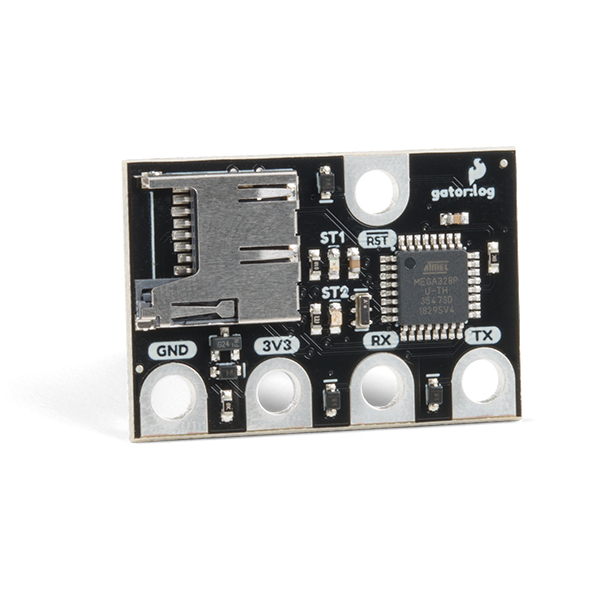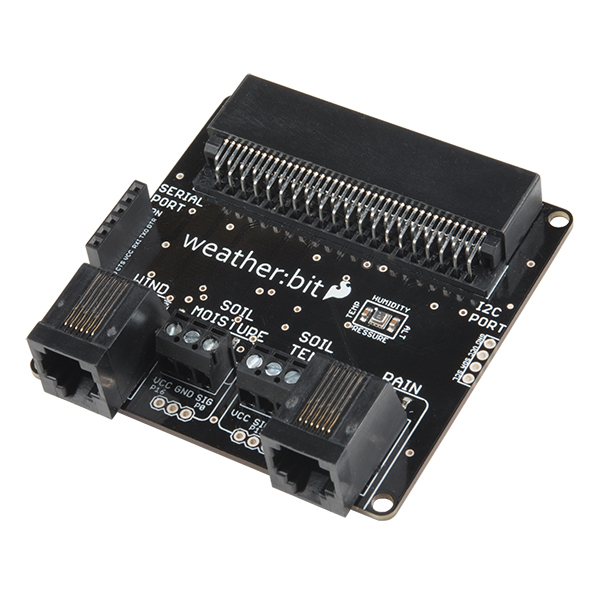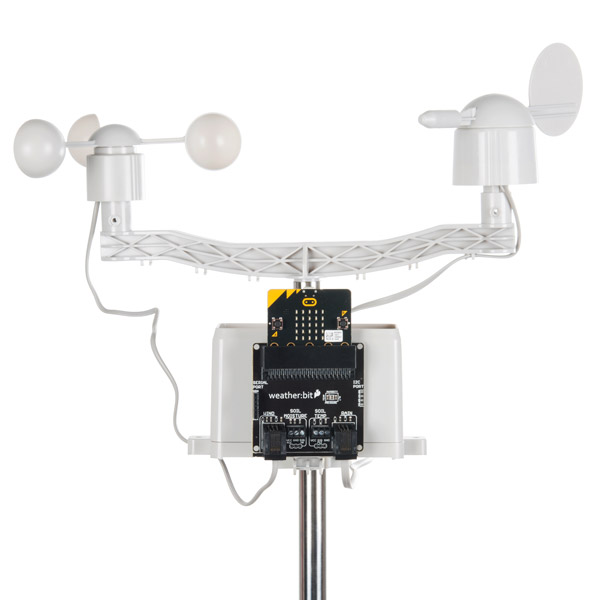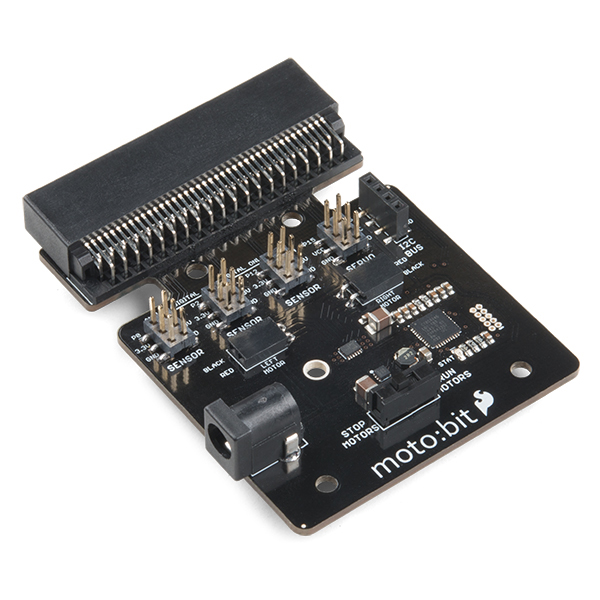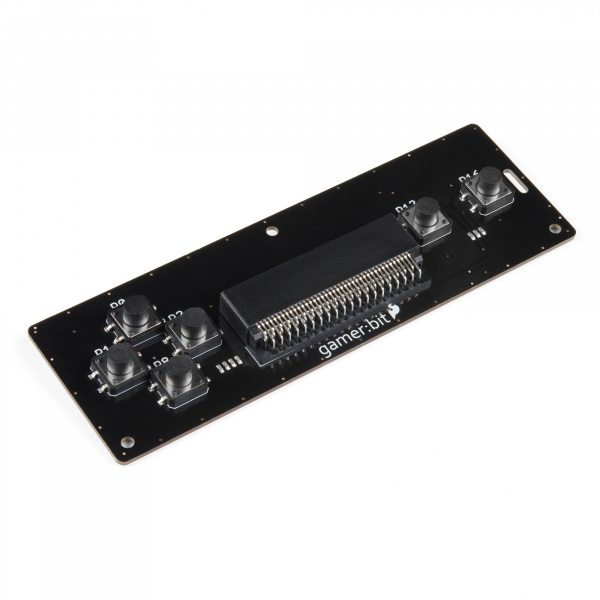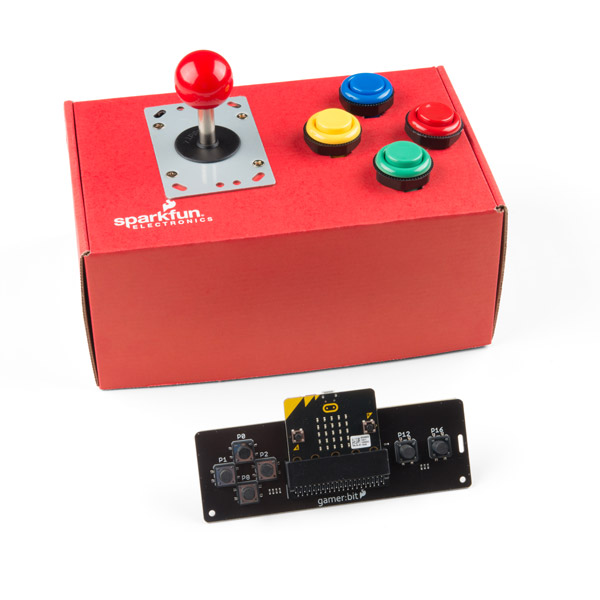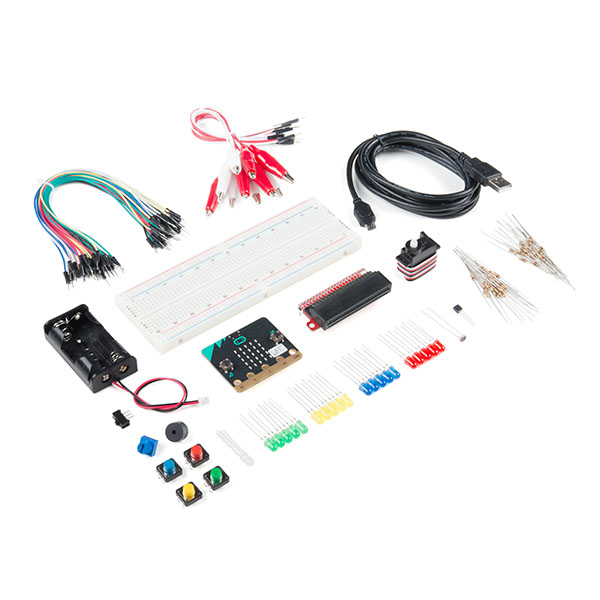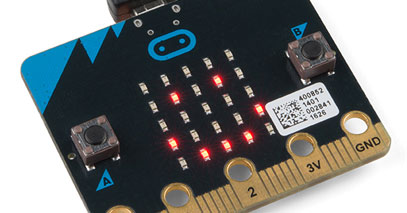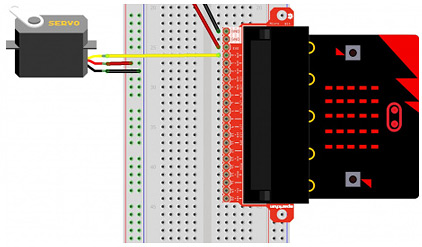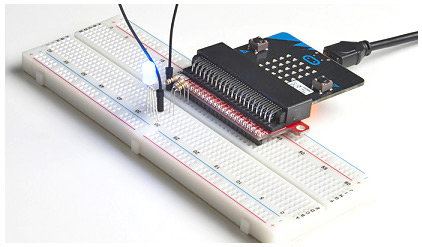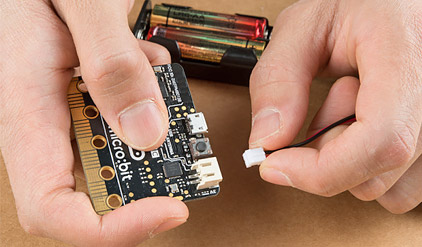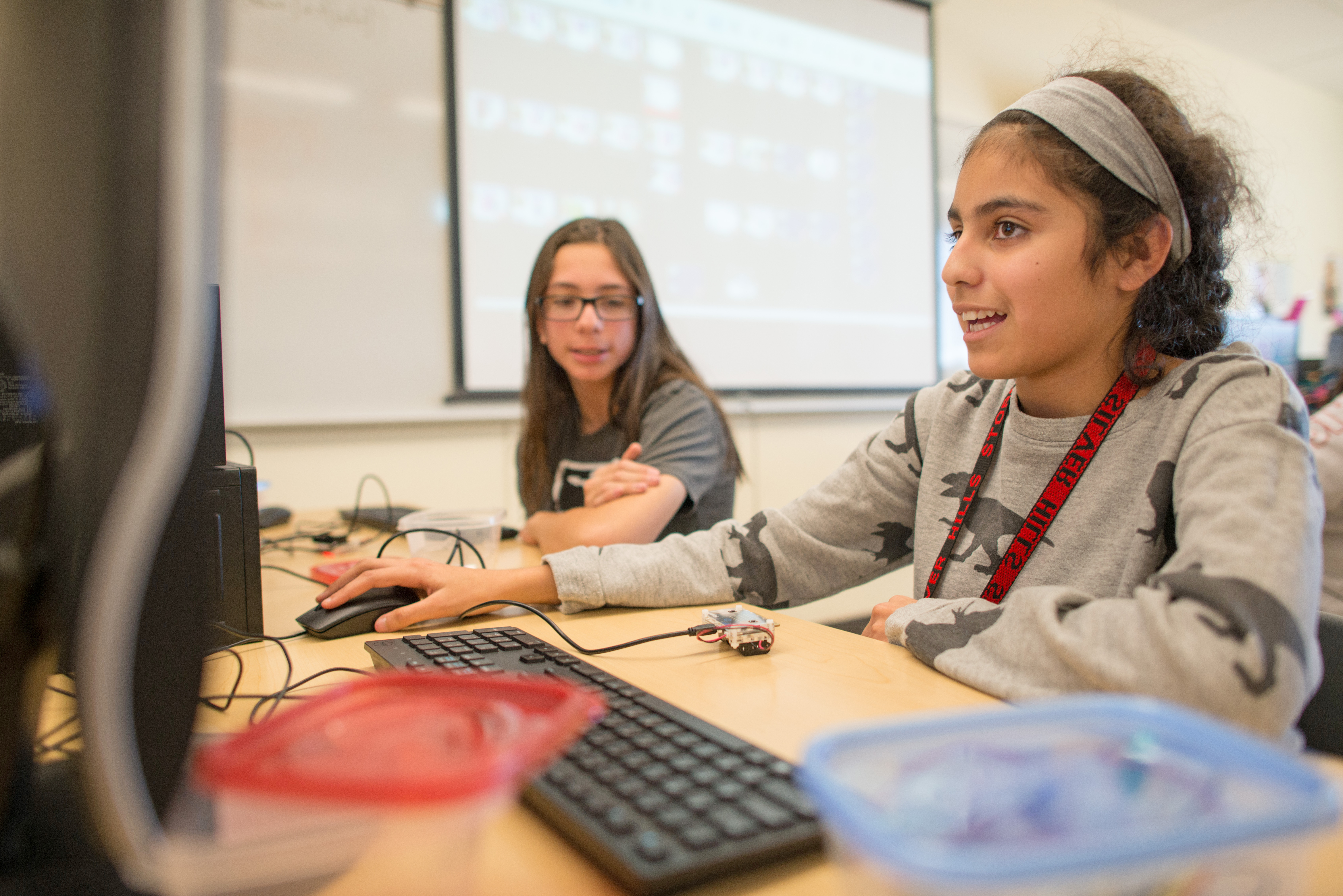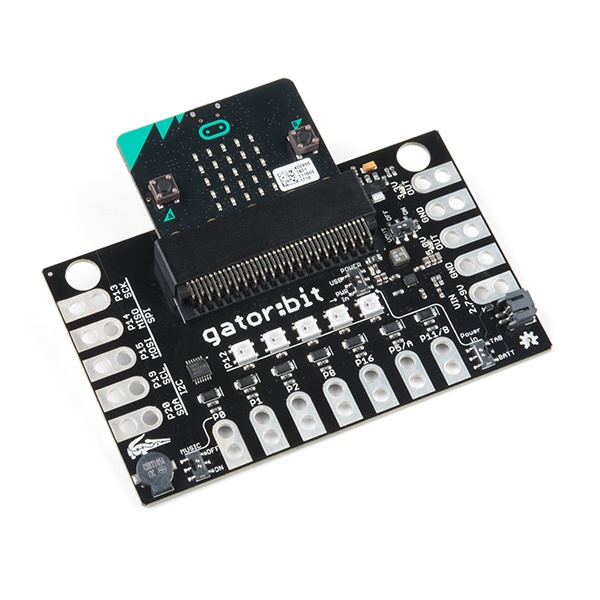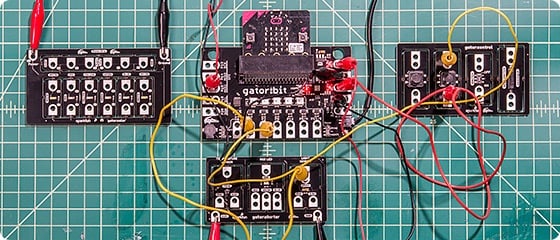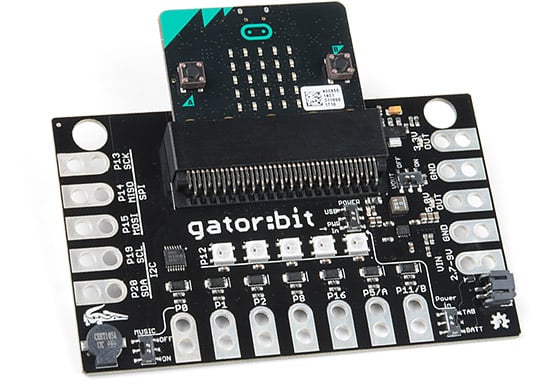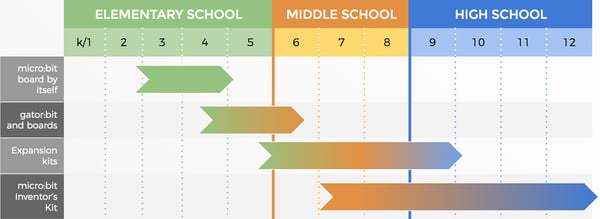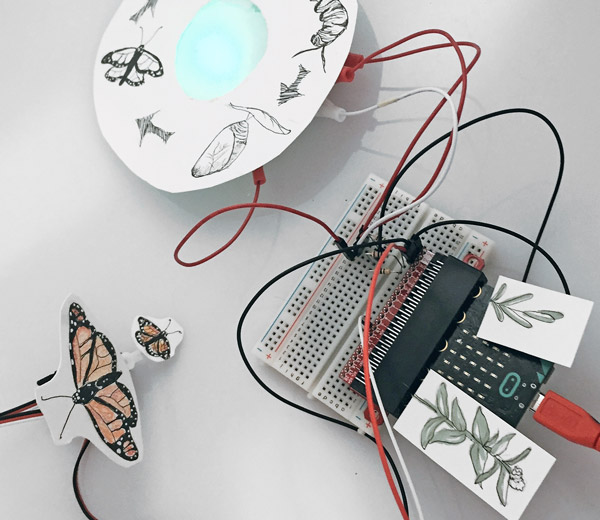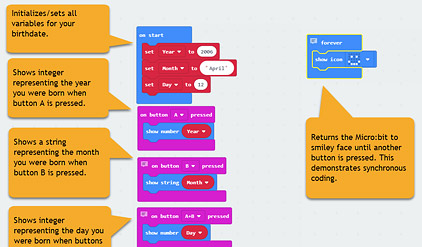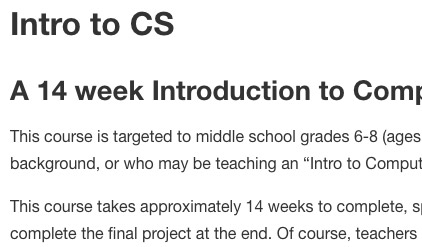A compact, powerful tool for exploring programming and electronics.
micro:bit Overview
Embraced by thousands of educators worldwide, micro:bit has been shown to increase student engagement and motivation in computer science and STEM, improve collaboration, increase application of design thinking and increase teacher confidence in teaching programming.
A pocket-sized computer, the micro:bit empowers students to learn programming, coding, and computational thinking through fun, creative physical computing. Students can:
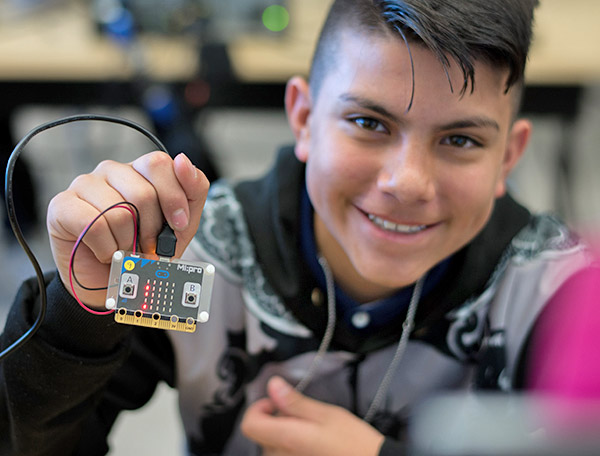
Compatible with Chromebooks!
micro:bit Features
LED display
The micro:bit features a 5x5 grid of 25 red LEDs that can be programmed individually to create letters or write out messages.
Programmable Buttons
Use the two programmable buttons to control games, skip songs on a playlist or even light up the LED display.
Block or Text-Based Programming
micro:bit can be programmed using block or text-based programming with Microsoft MakeCode, perfect for beginners learning how to code and advanced users looking for an efficient tool.
Additional Inputs and Outputs
Add additional sensors and actuators using the three alligator clip ports or access even more I/O ports by plugging the micro:bit into expansion boards.
Built-in Accelerometer and Compass
Detect motion, identify direction of travel or create a tilting game controller with a built-in accelerometer and compass.
Chromebook Compatible
Programmable using either a Bluetooth connection on a phone or a USB connection on any computer. No software installation is required - perfect for Chromebooks.
I love that micro:bit is differentiated for all abilities so kids that don’t have strong computer programming skills can still be successful but it’s open ended so that those that are avid programmers, and we have some of those at my school, can make their programs do extensions of possibilities beyond the basics
micro:bit Grade-Level Progression
The micro:bit, and the SparkFun ecosystem that supports it, was designed to grow with students--enabling a progression of content, activities, and learning objectives that become more advanced over time. This supports the alignment of STEM across grade levels and helps ensure students build a strong foundation in technical skills as opposed to receiving a scattershot of programming language, hardware, and tech experiences.
To learn the language of coding and the language of technology, having their hands on something is the easiest way to learn something and get it to stick in their minds.
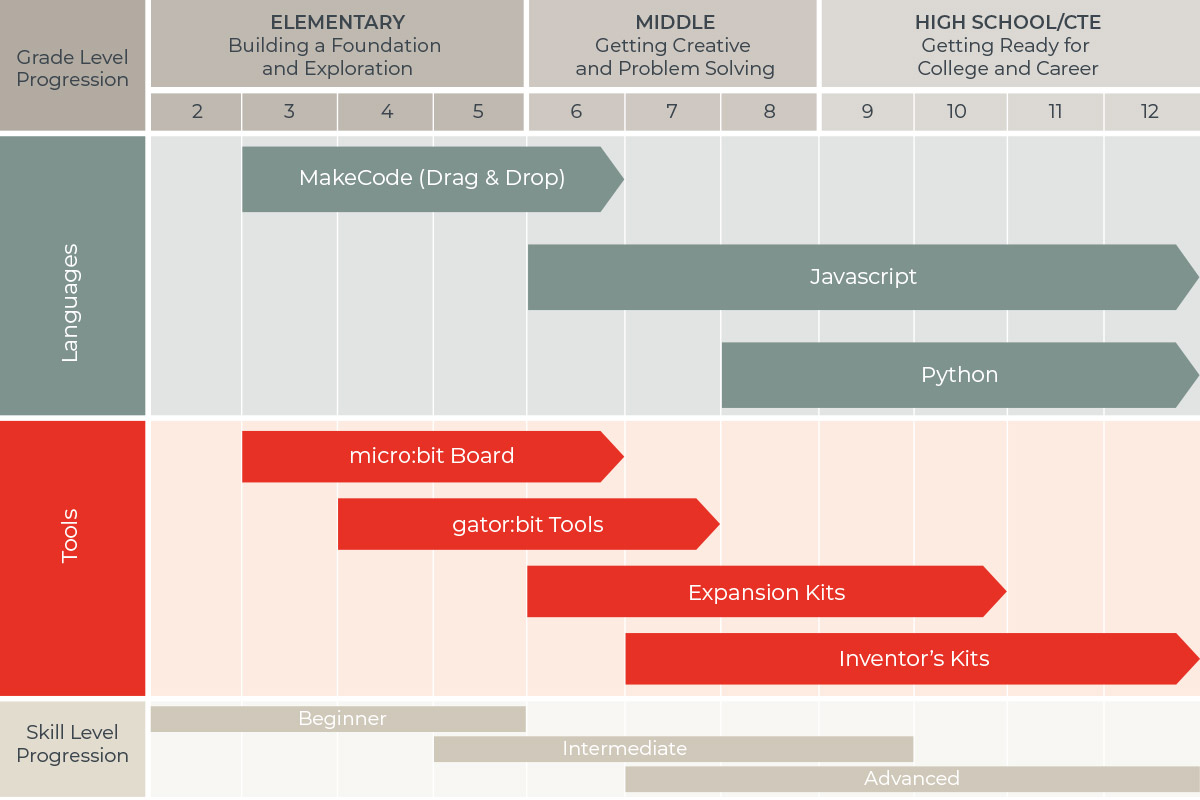
This is an example of how the micro:bit ecosystem can be implemented. Based on student and teacher experience levels, the progression may be adjusted.
Read More About SparkFun’s micro:bit Grade Level Progression
"micro:bit is more hands-on and the kids are enjoying it. It’s a great introduction to computer science."
micro:bit Offerings
Hardware options with SparkFun Education's micro:bit ecosystem.
micro:bit board
Concepts and Beginner Basic Projects
Grade Levels 3–4 | Skill Level Beginner
The micro:bit can be coded, customized and controlled from anywhere and used for all sorts of unique creations — robots, musical instruments and more. The micro:bit's versatility allows for students to use the board alone for beginner level activities while incrementally introducing more complex coding/activities while students progress.
gator:bit tools
Alligator Clips Expand micro:bit Functionality and Ease of Use
Grade Levels 4–7 | Skill Level Beginner/Intermediate
While the micro:bit board has plenty of great features already on board, incorporating SparkFun's own line of gator:bit tools can add another level of interaction and complexity. The gator:bit boards were developed with students and educators in mind. Using simple alligator clip connections, adding external lights and sensors allows for endless programming opportunities.
Expansion Kits
Advanced Projects Using the micro:bit
Grade Levels 6–10 | Skill Level Intermediate/Advanced
The next step up in using the micro:bit for computational thinking is connecting them to our expansion kits. Students will be able to monitor weather data, build a robot, and even have a miniature arcade console all controlled with the micro:bit board. SparkFun provides full kits as well as stand-alone "carrier" boards where students can fully design projects where the only limit is thier imagination.
Inventor’s Kit for micro:bit
Build anything—includes sensors, motors, bluetooth, and more!
Grade Levels 7–12 | Skill Level Advanced
The final progression with using the micro:bit is expanding the capabilities of the micro:bit development platform by providing access to more pins and allowing students to unlock the full potential of your micro:bit. This is where the SparkFun Inventor's Kit for micro:bit steps in. We have a complete experiment guide to take students through circuits that will teach you how to read sensors, move motors, build Bluetooth® devices and more. Once students complete the guided circuit activities, they will have an even better understanding of how electronics and code can impact the physical world.
Classroom sets available!
Resources
Just getting started with the micro:bit?
See the micro:bit Classroom FAQ to get answers to common questions surrounding the micro:bit.
